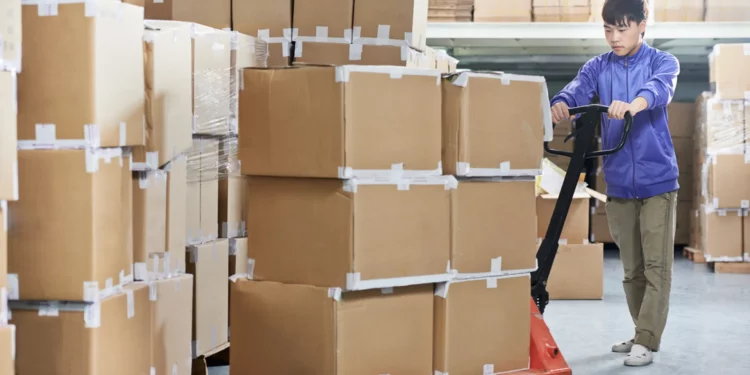China’s economic woes only seem to be growing, as the country grew by only 0.8% in the June quarter, down from a still-slow 2.2% in the previous quarter. While the country had been expected to roar back into activity following the removal of its strict Zero-Covid policy, that expectation has not materialised, and the country now looks to be heading into a deflationary spiral if prompt action is not taken.
In June, China experienced its steepest decline in producer prices in more than seven years, while consumer prices hovered dangerously close to falling into deflation. This situation has strengthened the argument for policymakers to implement new stimulus measures to boost demand. The potential for consumer prices to enter deflation territory for the first time since February 2021 raises concerns about China‘s economic prospects.
According to the latest data, manufacturing activity in China continued to decline for the fourth consecutive month in July. This contraction in the official manufacturing sector purchasing managers’ index (PMI) came in at 49.3, slightly improving from June’s reading of 49. However, the index still remains in contraction(anything below 50 is a contraction), signalling steep challenges for the country’s economy.
In addition to the struggling manufacturing sector, growth in services and other non-manufacturing sectors is also showing signs of slowing down. The non-manufacturing PMI, which includes areas like construction and agriculture, dropped to 51.5 from the previous month’s reading of 53.2. This figure fell short of the forecast of 53, as projected by Goldman Sachs.
The Chinese government’s response so far has been piecemeal
Pressures are growing on the Chinese government to provide economic stimulus and take sharp measures to counteract these worrying trends. The government has responded in fits and starts. On July 18, thirteen government departments unveiled a strategy aimed at boosting household spending on various items, ranging from electric appliances to furniture. The plan encourages local authorities to support residents in renovating their homes while also facilitating improved access to credit for purchasing consumer products. These measures were announced with the goal of stimulating consumer spending and bolstering the economy.
Subsequently, on July 28, three government agencies put forth a plan to promote the manufacturing of small consumer goods, also known as the light industry sector, which accounts for over a quarter of China’s exports. The plan includes initiatives to increase the sales of environmentally friendly and smart home products in rural areas, consumer packaged products, sports and leisure equipment, light industrial machinery, and household durables, as well as the expansion of battery product usage in electric cars, power stations, and telecommunications. Additionally, an exchange dedicated to assisting small businesses in obtaining funding will be enlarged, aiming to further support the growth of these industries.
These measures, combined with a lowering of interest rates in June, have provided some relief, but most business leaders agree that they are far too little and that if the Chinese economy is to avoid a crisis, far more sweeping and aggressive action is needed.
China’s other economic indicators are also worrying, as youth unemployment in the country hit a record high of 21.3%, up from 20.8% in May. With a fifth of the country’s youth without jobs, even as the country is facing population decline, the country’s social stability could be at risk. Exports slumping 6%, weak property prices, and high levels of public debt are some other worrying trends.
This does not even take into account China’s myriad other economic challenges, from an ongoing trade war with the USA, especially in the crucial semiconductors market, an accelerating trend of companies reshoring their supply lines to other countries such as India and Vietnam, a steep population decline, climate change led disruptions, and high global food and energy supply chain risks. All of these trends are combining to make a perfect storm for the Chinese economy, and it remains to be seen whether Xi Jinping’s CCP is up to the task of guiding the world’s second-largest economy through these tumultuous times.

















